This website uses cookies so that we can provide you with the best user experience possible. Cookie information is stored in your browser and performs functions such as recognising you when you return to our website and helping our team to understand which sections of the website you find most interesting and useful.
Zimbabwe Travel Advice
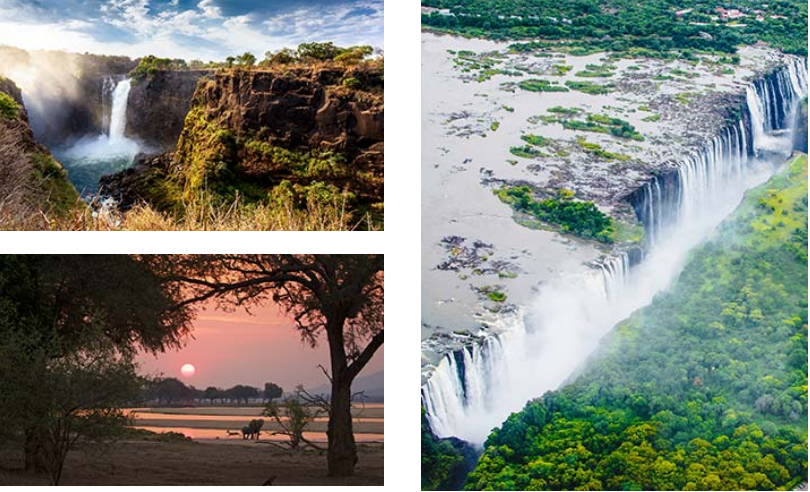
travelling to Zimbabwe
Zimbabwe is a landlocked country in southern Africa, lying between the Zambezi and Limpopo rivers. It shares borders with South Africa, Mozambique, Botswana and Zambia.
- London to Harare is about a 13-hour flight
- Los Angeles to Harare takes around 1 day
- Cape Town to Harare takes around 3.5 hours
- Sydney to Harare is about an 18-hour flight
- New York to Harare takes approximately 17.5 hours
Main airport in Zimbabwe
Zimbabwe has a total of 21 airports with only three servicing commercial flights. The main international airport in Zimbabwe is the Robert Gabriel Mugabe International Airport (HRE), which is around 15km from Harare’s centre.
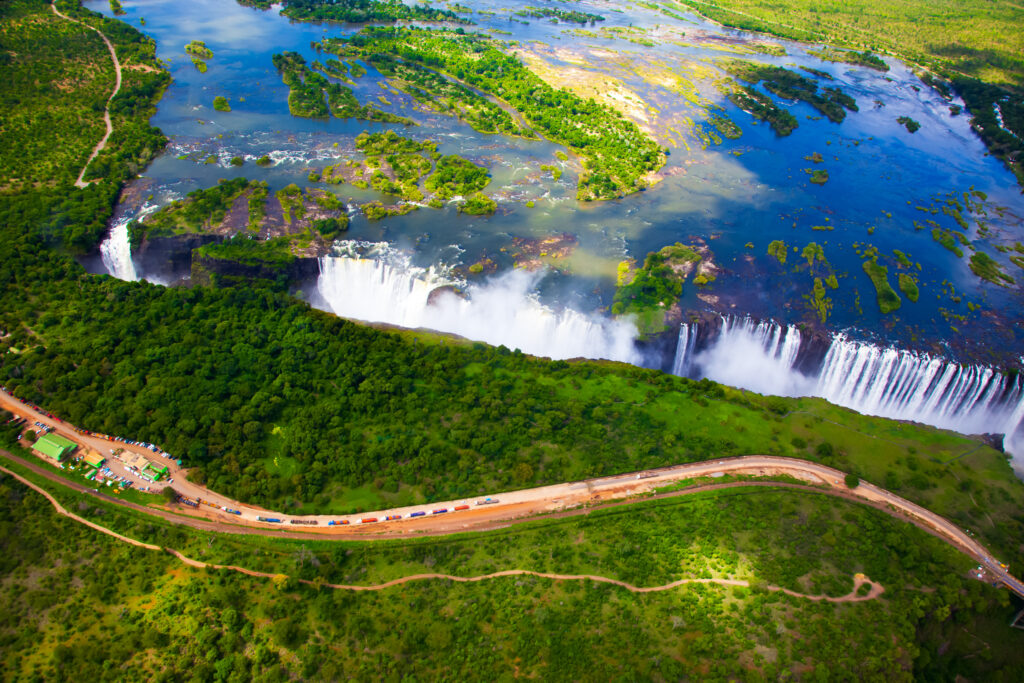
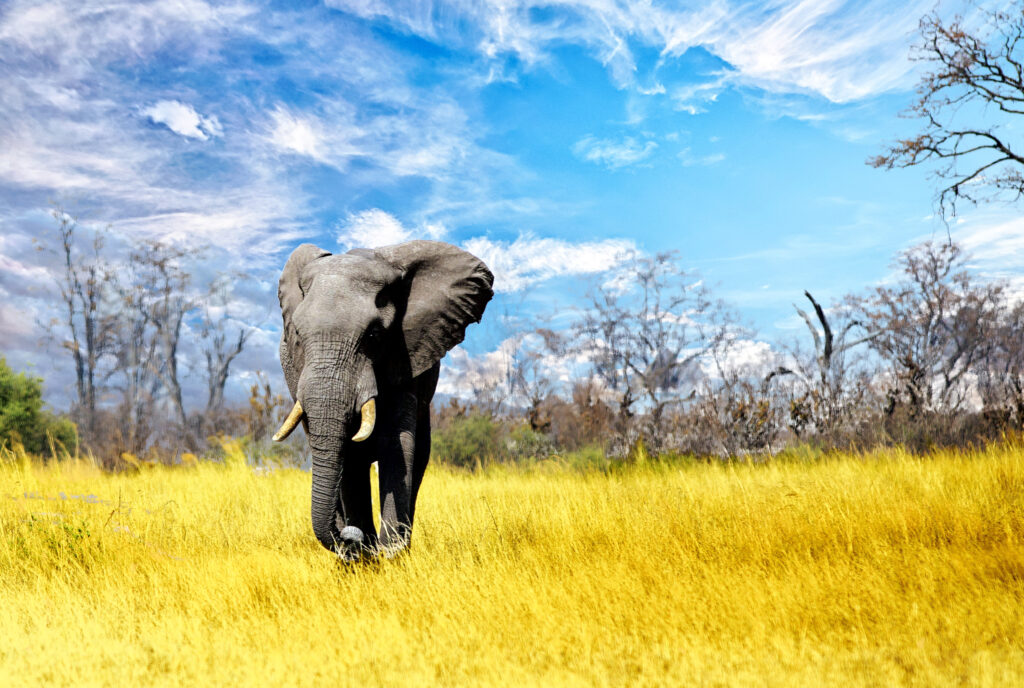
Geography & landscape of Zimbabwe
In the heart of Southern Africa, Zimbabwe rests on a high inland plateau with a beautiful mountain region to the east. The highveld landscape is filled with enchanting vistas, mysterious caves, flowing rivers and the world’s largest waterfall and human-made lake. Add in the remote mountainous region on the eastern side, and nowhere can compete with the raw beauty of this African gem.
Culture, religion and etiquette
Zimbabwe’s population is predominantly Christian, with 75% identifying as Protestant, 8% as Roman Catholic, and 8% as adherents to other Christian denominations. Around 1.2% of the population identify with different religions, such as Islam, Muslim, or traditional African beliefs, and approximately 6% have no faith.
Zimbabwe has a strong cultural hierarchy, and the family holds significant importance. Many people live in, or are connected to, extended family.
Education, as for many across the globe, is essential, and Zimbabwe has a high literacy rate. The World Economic Forum recognises Zimbabwe as having some of the best education in Africa.
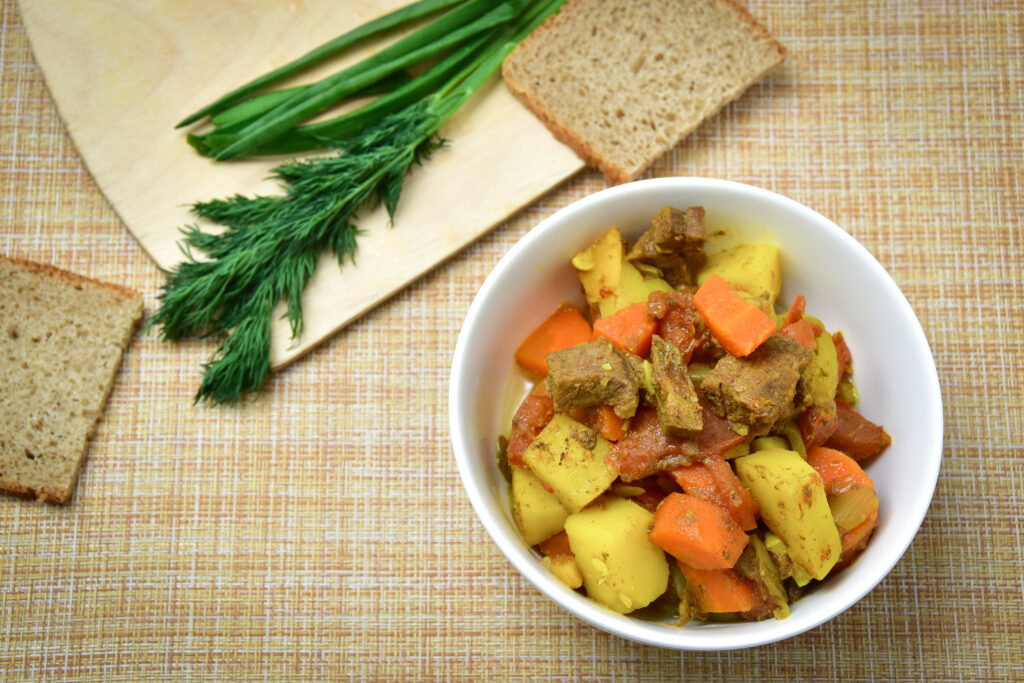
You are always guaranteed a warm welcome in Zimbabwe!
Languages spoken in Zimbabwe
Zimbabwe is a multilingual country with 16 official languages – Chewa, Chibarwe, English, Kalanga, Koi-san, Nambya, Ndau, Ndebele, Shangani, Shona, Sign Language, Sotho, Tonga, Tswana, Venda and Xhosa. The most widely spoken languages in Zimbabwe are English, Ndebele and Shona, with around 70% of the population speaking Shona as their first language.
Capital city of Zimbabwe
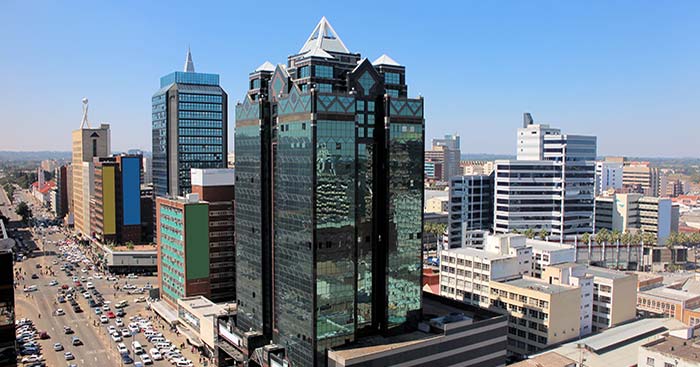
Harare
Zimbabwe’s capital, Harare, perched high in the plateaus of the central highlands, is a vibrant city with a distinctly laid-back vibe. Sample the fine dining scene, unique bars, and charming cafes. Explore historical relics, fascinating museums, and the country’s most reputable art galleries. This modern city is not just skyscrapers and office blocks, but also features lush green spaces.
Brief History
The Country of Africa saw the dawn of humanity. Humans arrived in Zimbabwe around 150,000 years ago.
Initially inhabited by the San people, Bantu-speaking people arrived approximately 2000 years ago. Various Bantu cultures remained throughout the Iron and Bronze Ages. The ancestors of Shona-speaking people came around the 10th Century AD. The Kingdom of Zimbabwe was formed around the mid-13th century and later evolved into Great Zimbabwe. After the decline of Great Zimbabwe in the 13th century, the remaining Bantu peoples, including the Shona, the Ndebele, and the Zulu, came together to create the Rozwi state, which encompassed over half of the country’s landmass. This lasted until 1834 when the Ndebele warriors invaded.
In the 1880s, Cecil Rhodes gained mining rights from the Ndebele people. With British Government backing, he promoted white immigration. He and fellow migrants enforced white supremacy and renamed the Country Rhodesia.
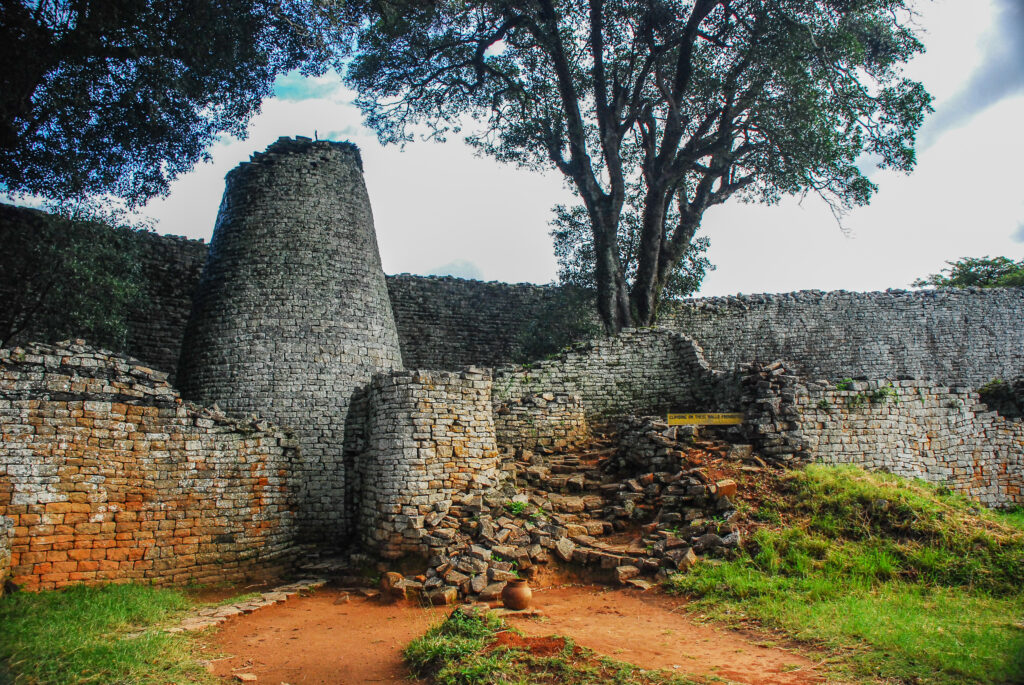
Independence
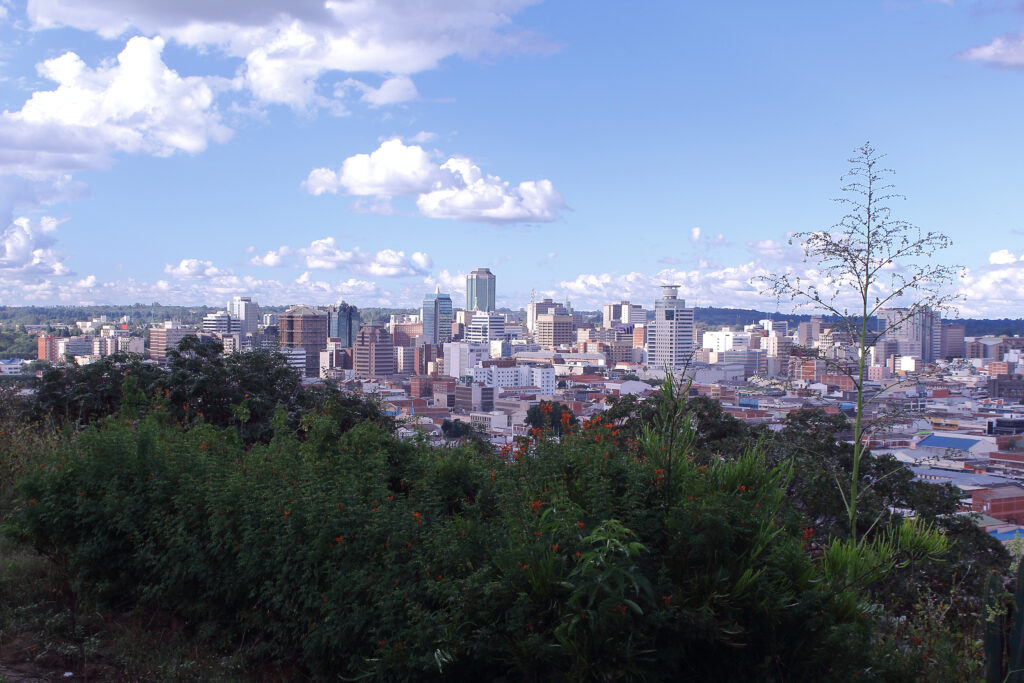
The land was later divided into Southern and Northern Rhodesia. After World War II, Northern Rhodesia, now known as Zambia, voted for independence. Southern Rhodesia remained a self-governing colony of the British Empire.
In 1970, Southern Rhodesia became a republic. During this time, conflicts between the black and white populations continued, driven by apartheid legislation. The white minority controlled the government, resisting the black people’s demands for their rights, which led to war. The then-Prime Minister, Ian Smith, remained in power after the war, but power was transferred to the black majority in 1979.
In 1980, a multiracial election took place, resulting in the election of Robert Mugabe as president. The country gained independence that year and changed its name to Zimbabwe.
Wildlife Sanctuary
Today, Zimbabwe works with national and international partners and agencies to protect its native wildlife. As one of the most biodiverse countries in Africa, Zimbabwe is home to an astounding array of animals and birds. Among the conservation projects are those supporting elephants, lions, black rhinos, and pangolin. The black rhino is critically endangered. Whilst not endangered, the pangolin is at risk as the most trafficked animal in the world.
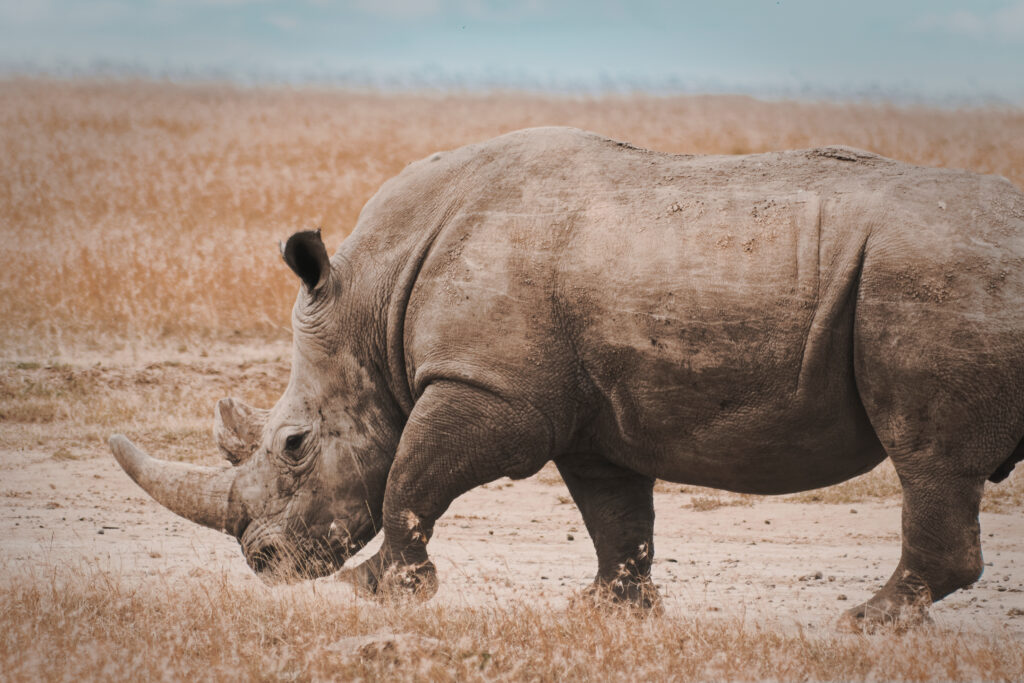
Visas for Zimbabwe
Most nationals will require a visa, and every person will need at least six months remaining from the date of entry. Most visitors can use the visa-on-arrival service when entering Zimbabwe; however, visas can also be obtained at a Zimbabwean embassy or online through the government’s platform, which we found very helpful, as it details the requirements for all nationalities.
Vaccinations & travel health
The CDC and the WHO recommend several vaccines before travel. Please visit their websites or search for local information that meets your specific needs.
Malaria is present in Zimbabwe, so we advise travellers to consult their GP for antimalarial medication and ensure they are well-stocked with DEET mosquito repellent.
All travellers will need to present a yellow fever vaccination upon entering the country if they have come from a region at risk.
Is it safe to drink tap water in Zimbabwe?
We don’t recommend drinking tap water in Zimbabwe. Some areas are safer than others, but to be sure it’s best to stick to bottled water.
Electricity and plugs in Zimbabwe
The plugs and sockets in Zimbabwe are of type D, and G. Type D has three round pins in a triangular shape, and type G has three straight pins in a triangle shape. The standard voltage in Zimbabwe is 220 V, and the frequency is 50 Hz.
Emergency calls
We always advise our passengers to save the relevant telephone numbers in case of an emergency. The most important ones to note in Zimbabwe are:
Zimbabwe country code – +263
International access code – 00
Ambulance service – 999
Emergency police service – 995
Fire service – 999
Wifi and internet access in Zimbabwe
In the larger cities you will find that wifi is available in most hotels, restaurants and cafes; however, the more rural you travel, the less likely it is for you to find a good connection. Many towns also have internet cafes and centres, which charge around USD 2 per hour.
Time zone in Zimbabwe
Harare is 2 hours ahead of London (GMT), 10 hours ahead of Los Angeles (PST) and 7 hours ahead of New York (EST). Zimbabwe follows Central Africa Time (CAT) and does not switch to Daylight Savings Time. Visit timeanddate.com to calculate the time difference from your current location.
We are passionate adventure travelers who want to share the world and our travel experiences with everyone…
